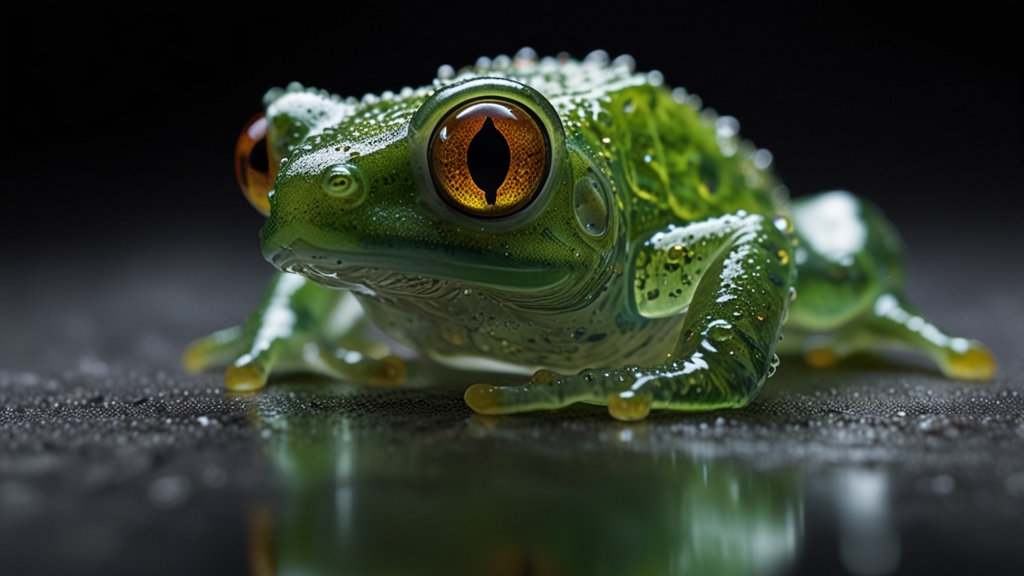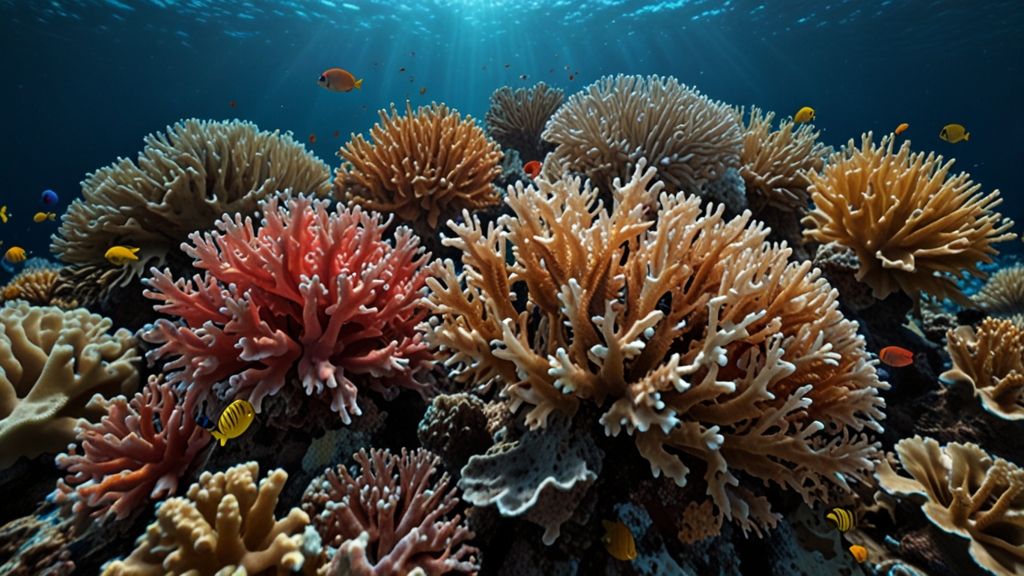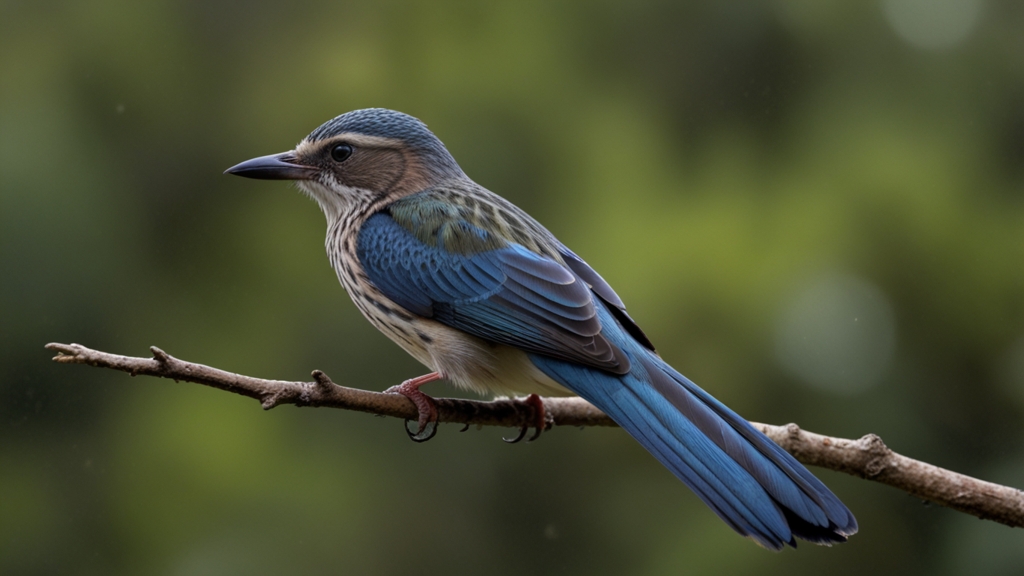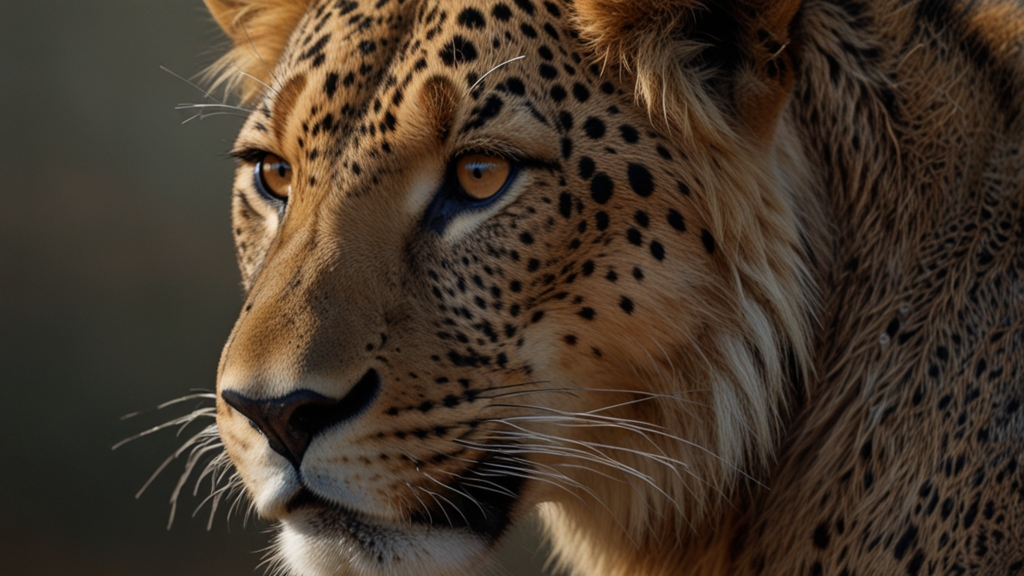Discover the Strange and Wonderful World of Glass Frogs
People often imagine forests brimming with diverse wildlife, but few creatures capture the imagination quite like the extraordinary glass frog. Native to Central and South American rainforests, these enigmatic amphibians offer both a spectacle and a mystery for nature enthusiasts and biologists alike. With their translucent skin and unique behaviors, glass frogs are a testament to the diversity and wonder of our planet's ecosystems.
A Peek Through Nature's Window
One of the most striking and unusual features of glass frogs is their transparent skin, particularly on their undersides. This biological marvel affords an unobstructed view of their internal organs, beating heart, and intricate circulatory systems. The tops of their bodies, though generally more opaque, often have a vivid green hue, allowing them to blend seamlessly into their lush surroundings.
"Seeing a glass frog for the first time is like peering into a living laboratory. It's both beautiful and slightly surreal," says Dr. Maria Santos, a herpetologist who has dedicated her career to studying these fascinating creatures.
The Science Behind the Transparency
Why are glass frogs so see-through? Scientists speculate that their unique transparency offers advantages for survival. When resting on the undersides of leaves, their translucent bellies help them evade predators by seemingly merging with the foliage. Additionally, the green coloration on their backs helps them camouflage when viewed from above.
It's also hypothesized that transparency might play a role in thermoregulation, enabling glass frogs to more efficiently manage their body temperatures in the humid, varying climates of their rainforest homes. This combination of camouflage and thermal benefits underscores the adaptive genius of these amphibians.
Intriguing Behaviors
Aside from their distinctive appearance, glass frogs exhibit fascinating behaviors, particularly concerning reproduction. Males are known for their loud, distinctive calls during the breeding season, a high-pitched whistle that echoes through the rainforest. These calls help them attract mates and establish territories among the dense foliage.
“Their reproductive behavior is unique among amphibians. Male glass frogs are incredibly diligent fathers. After the female lays her eggs on leaves overhanging water, it’s the male's job to guard them from predators and ensure they stay moist until they hatch,” explains Dr. Santos.
Once the eggs hatch, the tadpoles drop into the water below, continuing their development in these aquatic environments until they mature into their translucent adult forms. This parental investment is a rare trait in the amphibian world, highlighting the diverse evolutionary strategies that different species employ to ensure survival.
Conservation Concerns
Unfortunately, like many rainforest inhabitants, glass frogs face numerous threats from habitat destruction, climate change, and pollution. Deforestation and land development fragment their habitats, making it harder for populations to sustain themselves. Moreover, changes in temperature and rainfall patterns can disrupt their breeding cycles and reduce the availability of crucial habitats.
Conservationists are working tirelessly to protect these fragile ecosystems and the myriad species they harbor. Efforts to preserve large portions of rainforest habitat, along with education and sustainable practices, are vital to ensure that glass frogs and their fellow rainforest dwellers can thrive for generations to come.
A Call to Action
Discovering the world of glass frogs is not just an aesthetic journey; it’s a reminder of the delicate and interconnected web of life that exists on our planet. By appreciating and understanding these extraordinary amphibians, we take a step towards fostering a deeper respect for nature and a greater commitment to its preservation.
“Every creature, no matter how small or seemingly insignificant, plays a role in the grand tapestry of life. Protecting glass frogs means protecting entire ecosystems,” emphasizes Dr. Santos.
So the next time you think of the rainforest, remember the glass frogs—tiny, see-through sentinels of nature's genius and fragility.






